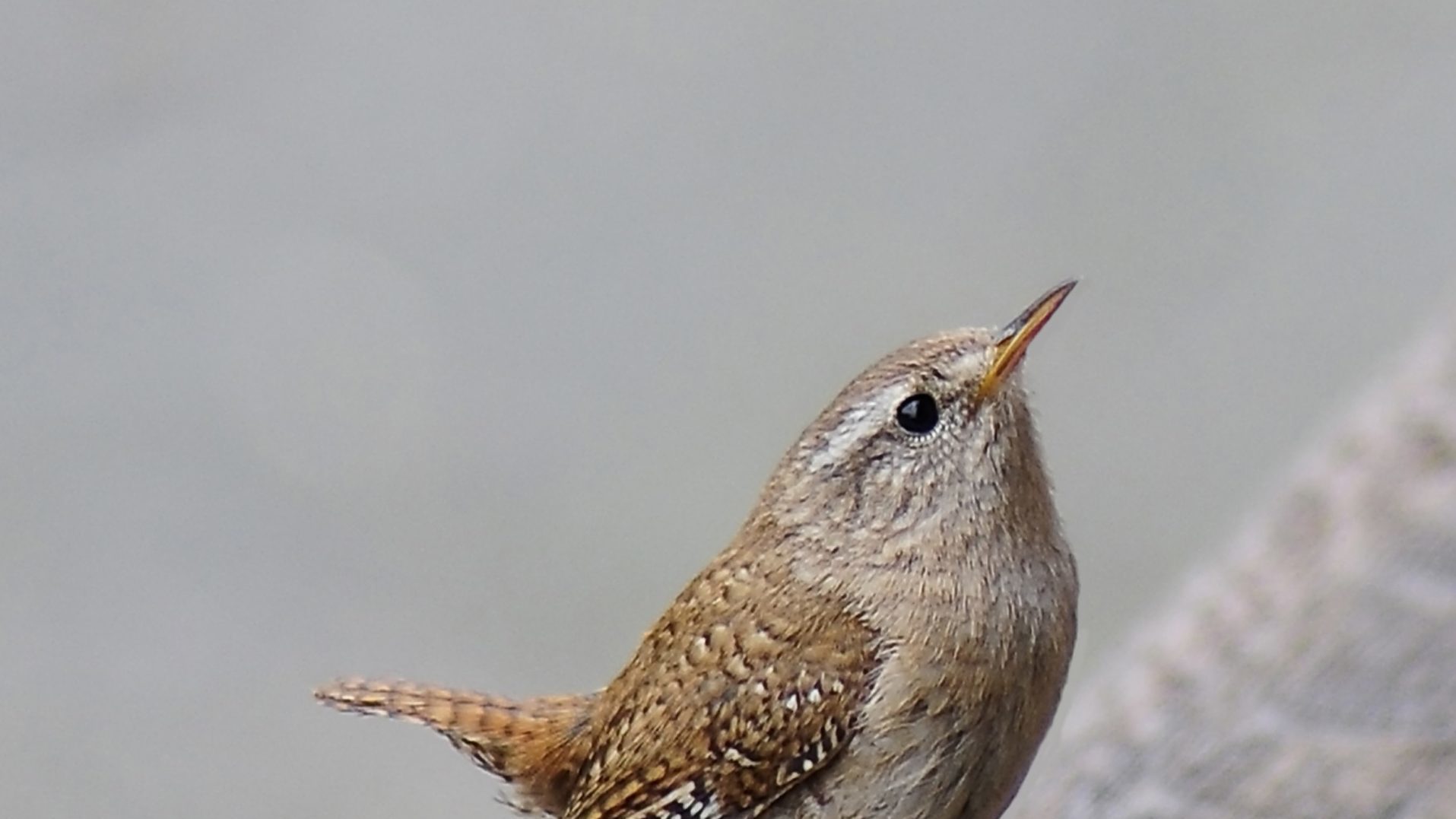While a recent letter in British Birds expressed interest in the little known habit of winter singing by blackcaps (Sylvia atricapilla) in the UK, it is well documented that many other species sometimes sing “out of season”.
Robins (Erithacus rubecula) and wrens (Troglodytes troglodytes) can be heard in full song in almost any month of the year as both species maintain winter territories. Robins are also unusual in that, in winter, female birds will sing almost as much as males. Starlings (Sturnus vulgaris) also sing year-round and in many different contexts, including when in non-territorial winter flocks.
On a recent mid-October survey visit to a farmland site near Portsmouth, Thomson Ecology surveyors heard several skylarks (Alauda arvensis) in full song throughout the morning. With the larks in song-flight in the mild sunshine it could have been a spring day. In the south of England skylarks sing year round, with only a short break from mid-August to mid-September during their moult. Although the last (late) broods of skylarks fledge by early September, a renewed song peak from this species in October is usual. While most skylarks spend the winter in large flocks (and are thus non-territorial), Birds of the Western Palearctic states that some establish transient winter feeding territories (Cramp, 1988). Perhaps these territorial birds are those singing in October.
Several species can also be heard in subsong in autumn. In most species subsong is a quiet, continuous, warbling version of their full spring song. Again in mid-October, Thomson Ecology surveyors heard subsong from a male blackbird (Turdus merula) from deep within an ornamental shrub at a site near Newbury, Berkshire. The song was readily identifiable as a blackbird’s but very different from the strident performances of springtime. In some ways it was reminiscent of the relaxed chattering of a starling. The blackbird continued to sing very quietly while allowing the surveyors to approach within a yard or two. Most ornithologists believe subsong to be a form of practice but it is notable that it is often more structurally variable than full song and can include much mimicry.
Reference
Cramp, S. ed. (1988) Handbook of the Birds of Europe, the Middle East, and North Africa: The Birds of the Western Palearctic: Volume 5. Oxford University
Press.
Image: Wren, taken by Joe Frei











